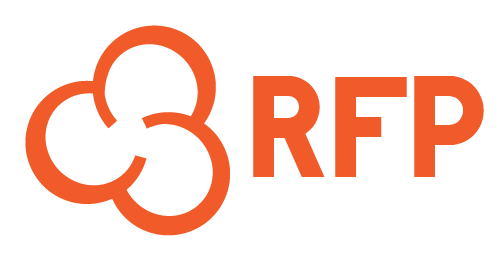If you’re involved in purchasing or procurement for your organization, you’re probably well aware of the complexity of the RFP process. Even experienced, long-time RFP issuers can find purchasing projects demanding and daunting, and managing internal stakeholders and vendor respondents exhausting. Whatever your background and experience with purchasing, there is always more to learn about the complex and ever-changing RFP process!
Key Steps
An enterprise purchasing project generally proceeds through a series of steps. Understanding this process from the start can make it less overwhelming, and help with budgeting time and resources. Here’s how it looks:
- Information gathering: The first step in the RFP process is all about information gathering. This means understanding your organization’s needs and goals and consulting with stakeholders on everything from business concerns and technical specifications to financial and legal issues. It also means carefully documenting needs and considerations.
- Aligning: Once you have amassed information, it’s time to align stakeholders on the key details. Depending on the structure of your organization, this might involve a meeting, conversation, or an exchange of documents.
- Defining requirements and considering solutions: The final step before drafting the RFP is to define your requirements in detail and consult with experts about possible solutions. This step may also involve market research. Depending on your organization, this might take the form of internal conversations, or could even involve issuing a Request for Information (RFI).
- Drafting the RFP: You’ve finally arrived at the meaty task of drafting your RFP. Hopefully this comes easily after so much research and planning.
- Releasing the RFP: Once you’re satisfied with your RFP and have received feedback and input from stakeholders, you will issue it! You may choose to issue it to the public at large, or to a select group of vendors.
- Evaluating responses and selecting a winner: Once vendors have had a chance to respond to the RFP and you’ve received proposals, you will need to carefully evaluate options, either as an individual or as part of a team, and choose a winner. That concludes the RFP process!
- Afterwards: after the RFP process is complete, you’ll need to engage with the winner to sign a contract. You can leverage the information gathered during the RFP process. It’s also important to keep a thorough record of all documentation involved, the selection criteria, and any notes related to the RFP. This way you can ensure the winning vendor lives up to their proposal’s promises as well as be ready in the case of any questions or bid protest.
Best Practices
In a process with so many steps and a wide range of different players, it can help to keep some general best practices in mind:
- Include a well-elaborated project overview in your RFP. Anything that helps vendors understand your organization, expectations, your problem, your limitations, and how you work is extremely helpful to matching with the best vendor for your needs. Detail matters.
- Ask vendors questions that can be clearly answered, and get specific. The more concrete you can be when it comes to the product and service specifications you’re looking for, the better. It is ok to include some scope for open-ended answers and innovation, but when it comes to the things you know you need, name them.
- Include all necessary legal and safety requirements. An RFP is not complete without the nitty-gritty details. Including terms and conditions, a statement of conflict of interest, and any relevant safety, diversity, or other specifications is essential.
Potential Pitfalls
With great preparation and a sense of best practices, you will hopefully avoid major challenges in the enterprise purchasing process. But in case you hit a roadblock, it may be helpful to have a sense of these common issues:
- You don’t receive any vendor responses. This may mean that your RFP was too general, too specific, or didn’t reach the right vendors. You can always try again with some tweaks.
- Proposed prices are too high. In this case, you may find a great vendor, but be stuck with a budget problem. There are many possible solutions, but this may require more reflection and another RFP at a later date.
- Vendors don’t have the right skills or experience to meet your needs. This might also be an issue of not reaching the right vendors. Considering conducting more market research and/or issuing an RFI.
- Proposals gloss over or under-estimate the time frame needed to provide the product or service, or overlook other key details. This may signal that this is simply not the right vendor for the job. It also might be worth considering whether you could refine your RFP to make clearer the essentials.
We hope this gives you a better sense of the RFP process, and proves helpful when it comes to your next project. Popcorn RFP is purpose-built software designed to support you throughout the RFP process and alleviate many of the common challenges organizations have experienced with enterprise procurement. Our goal is to help you do RFPs faster, smarter, and collaboratively. Send us an email and let us know how we can help with your next RFP project!







